How aerodynamic helmets are designed to make you faster
The MET Helmets Manta has been extensively designed to be more aerodynamic
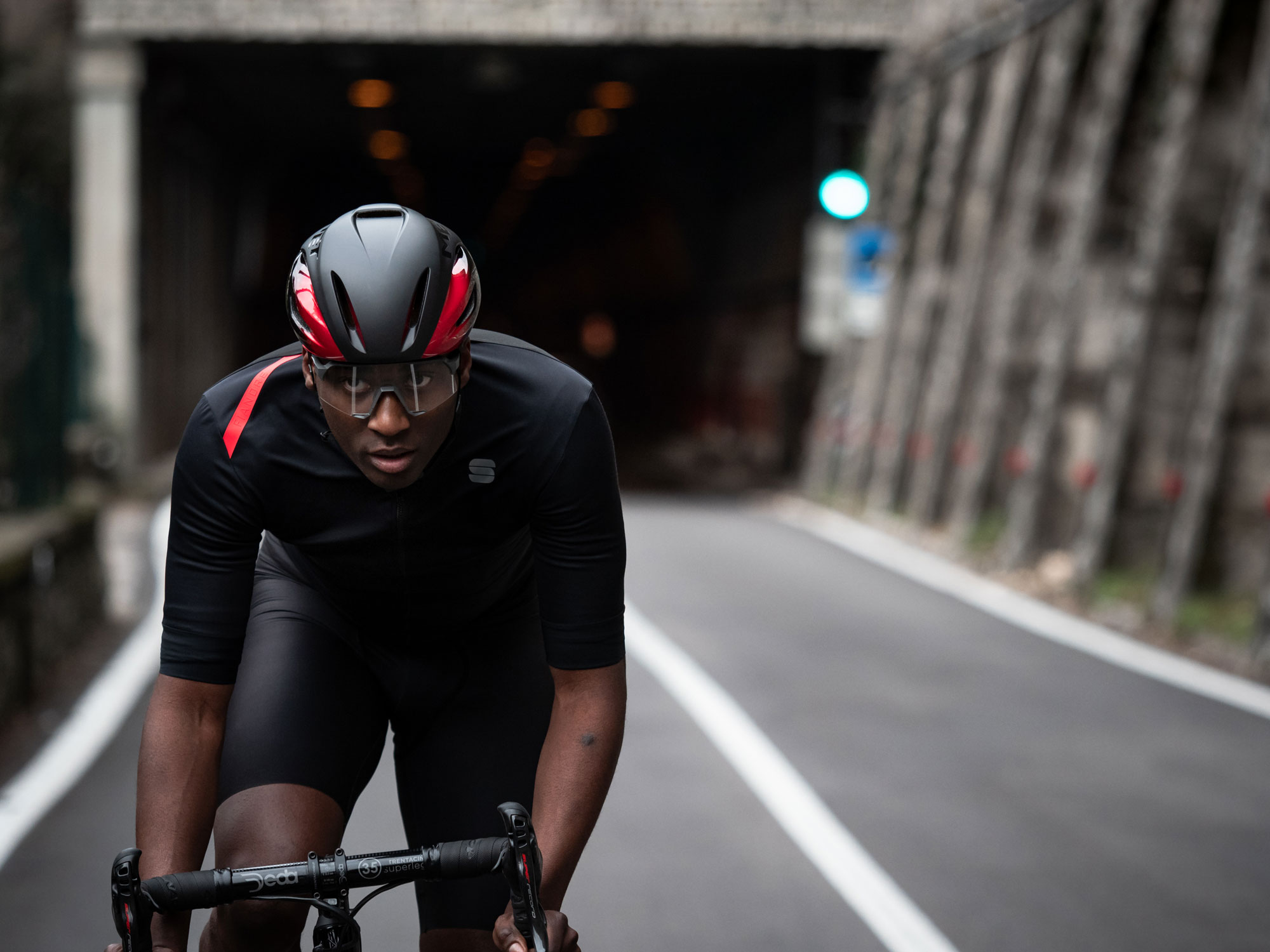
Aerodynamics is one of the most important factors when it comes to cycling performance. Riders can improve their fitness and buy lighter components, but there’s no getting around the problem of wind resistance.
The upside however is that cycling companies have poured tons of resources into improving aerodynamics over recent years. Riders can now buy nearly any cycling component or gear product in aerodynamic-optimised versions. The problem is these can be pricey, especially when it comes to frames and components.
The good news is you don’t have to spend tens of thousands of pounds on a new bike to reap profound aero benefits. One of the areas where great aero improvements can be made at a reasonable price point is the helmet.
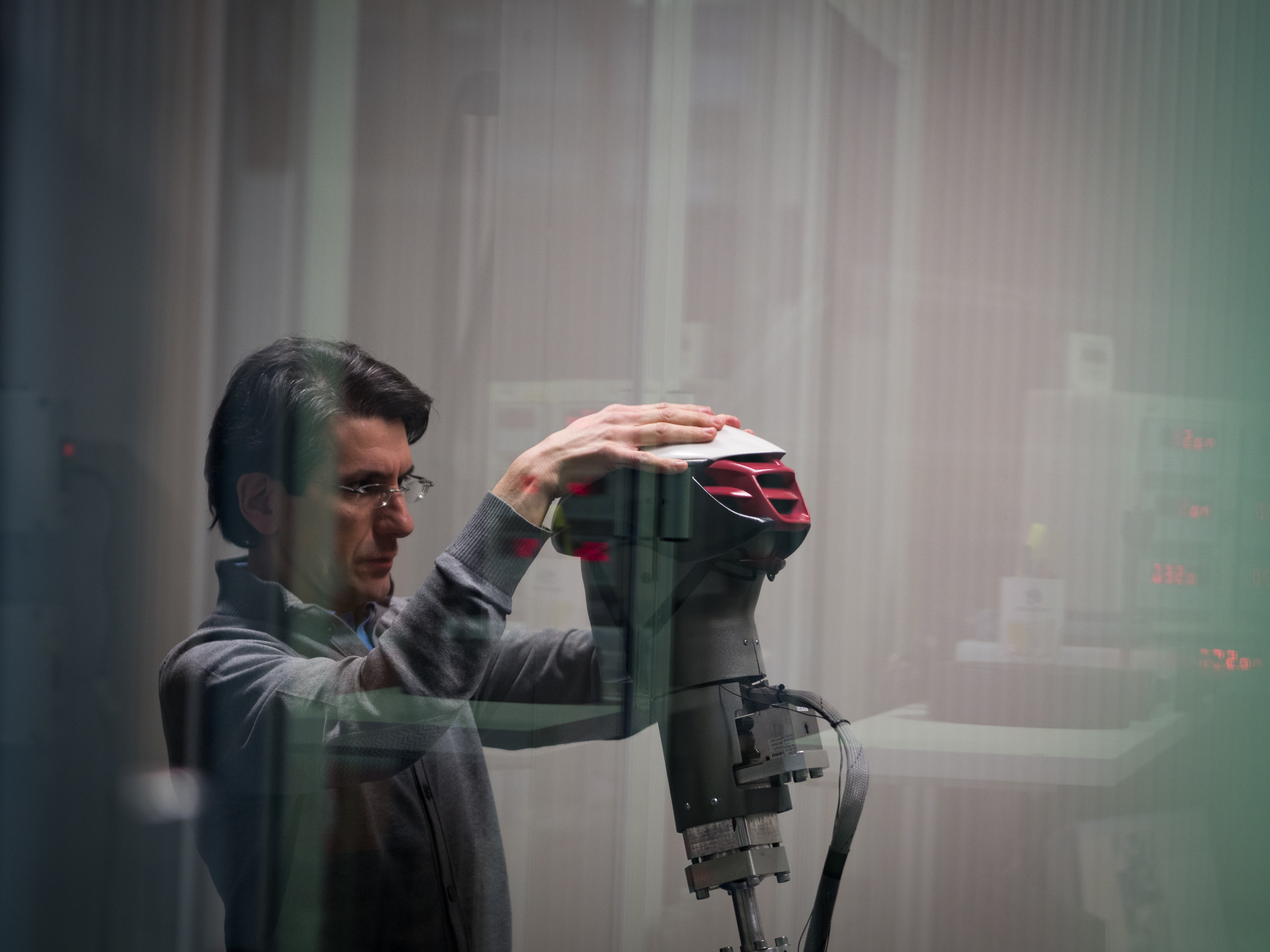
If you’ve followed professional cycling in recent years, you’ve probably noticed that helmet design has changed quite a bit. No longer do the top pros wear bulky, inefficient lumps on their heads. They now wear smooth, lightweight helmets that cut through the wind and reduce aerodynamic drag. One helmet found in the peloton today is the MET Helmets Manta Mips, which is worn by reigning Tour de France champion Tadej Pogacar’s UAE Team Emirates.
Not only has MET Helmet's latest Manta Mips helmet been proven to be more aerodynamic than its predecessor, but it also keeps your head cool. The helmet uses a NACA vent and internal air channeling to accomplish. NACA was the precursor to NASA, so this vent system was truly designed by the best scientific minds. It utilizes the Venturi Effect to cool down hot air without creating aerodynamic drag.
The Manta’s form factor has also been improved on the great superior aerodynamics. Not only do the helmet straps feature an aero design to resist wind rather than flapping away in an inefficient manner, but the helmet’s rear end has been re-designed too. MET Helmets took its previous Manta model as inspiration and looked for areas to improve. The biggest change is the rear end of the helmet, which now has a lower profile and is tube-shaped, and therefore more aerodynamic.
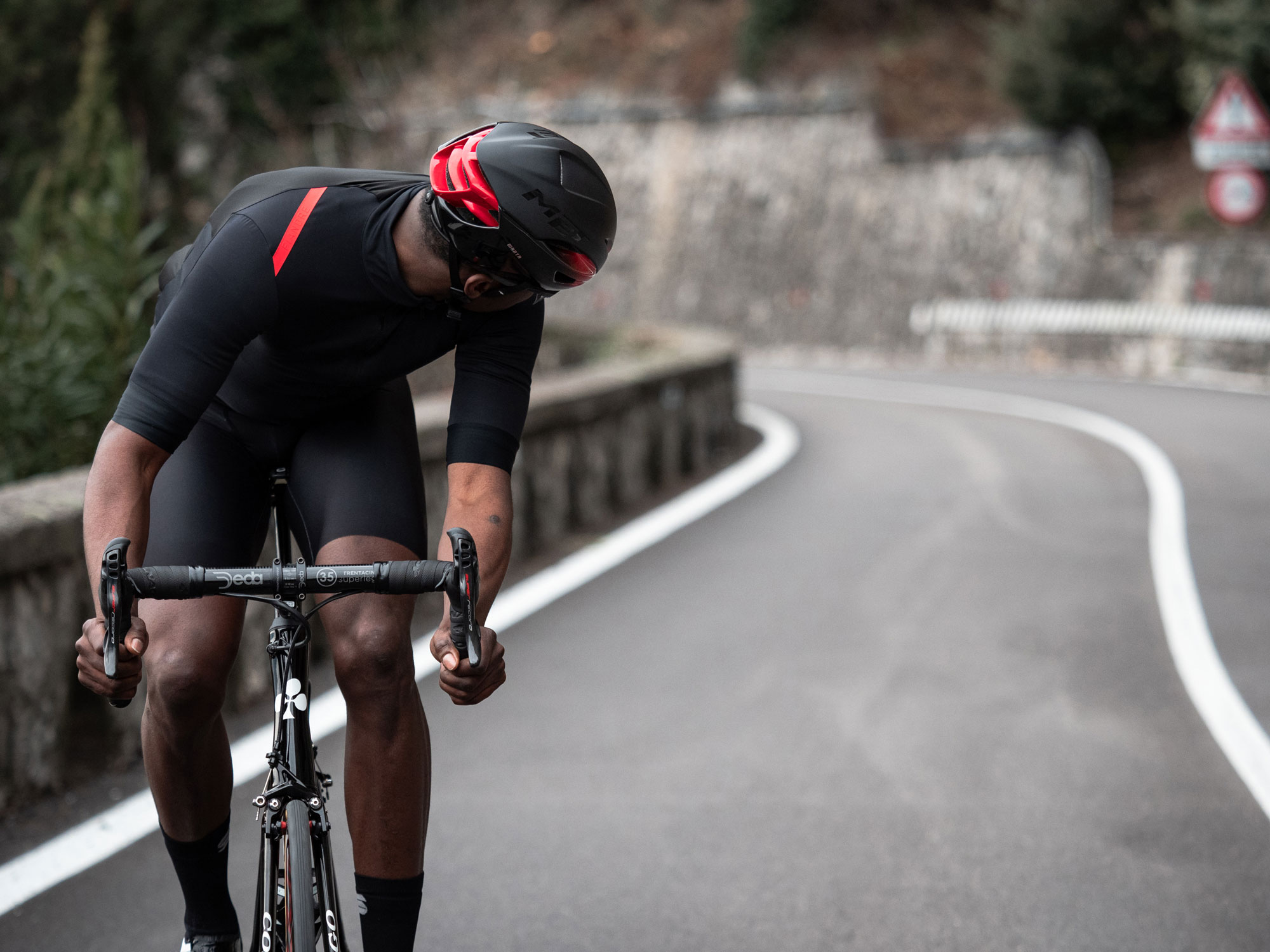
All of this sounds great, but can the helmet walk the walk? It turns out it can, thanks to extensive development and testing. MET Helmets’ chief designer, Filippo Perrini, has a background in motorsports, so he has lots of experience with aerodynamics. Perrini starts by making sketches and then creates 3D models on the computer, which are used for virtual aerodynamic testing. The brand can then produce prototypes with a 3D printer.
In the case of the Manta, virtual modeling resulted in two similar helmet designs that could be viable. MET Helmets created two prototypes, and both of them were tested in the Newton laboratory in Milan.
The helmet was tested in wind conditions of 33-, 50- and 80-kph. The Manta was tested in two positions, an active riding position of 77-degrees and an attack position of 65-degrees. A ‘fake head’ is used in the wind tunnel, rather than an actual rider, to eliminate variables and get the most accurate test results for the helmet itself. The Manta was best in test in both positions.
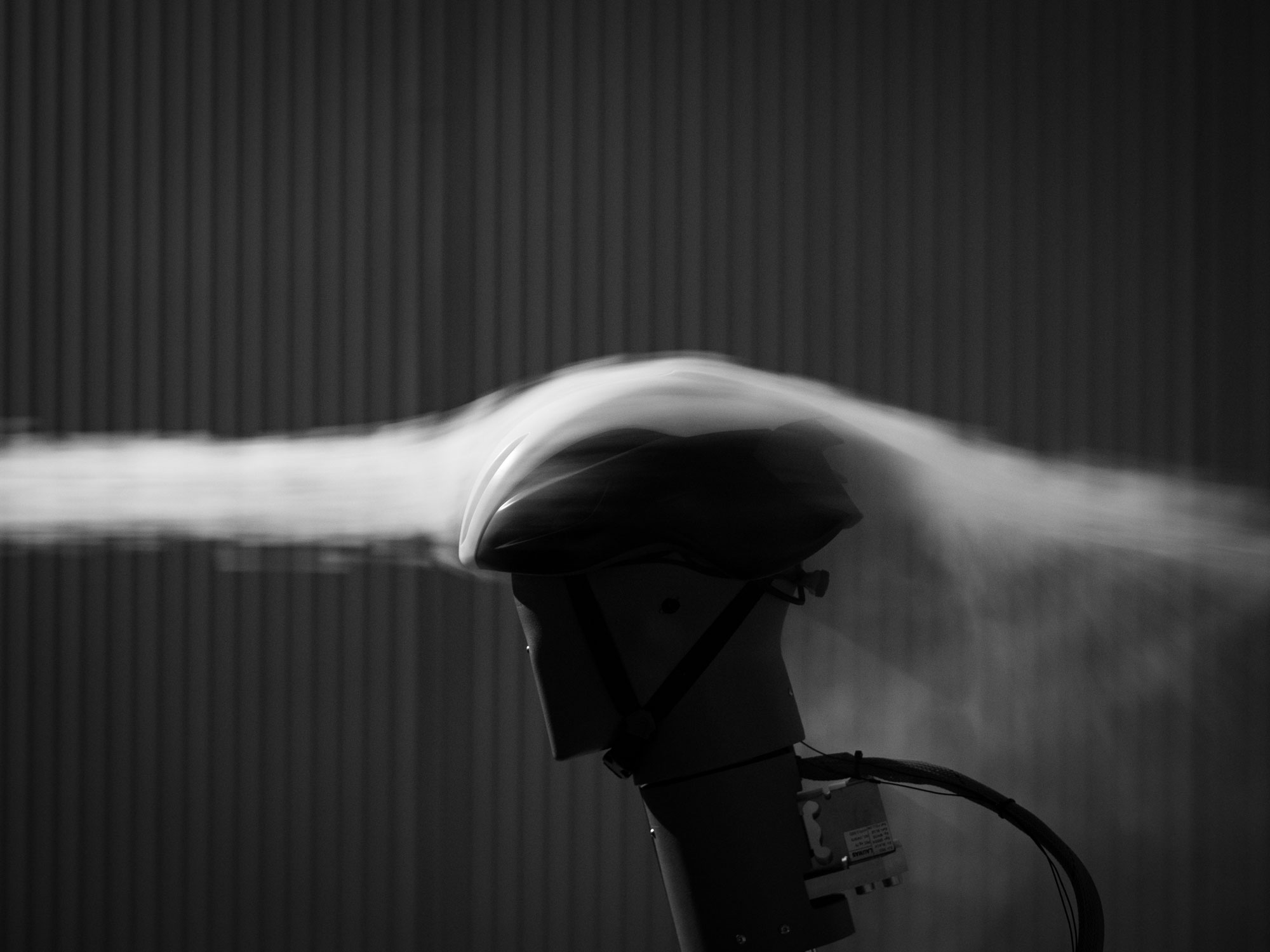
One factor that makes the Manta faster is the helmet straps and strap adjusters. On a helmet, straps that flap in the wind can cost a rider 3 to 4 watts, so optimising the straps is an important area to consider. For the Manta, MET Helmets designed straps that sit closer to the face so that they don't catch as much wind and therefore save the rider energy.
Compared to the previous iteration of the Manta, the new and improved model was 4-watts faster in the active position and 3 watts faster in the attack position. The latest Manta was also faster in both positions compared to helmet models from other brands, meaning that the MET Helmets Manta Mips is the fastest aero road helmet currently available.
In addition to incredible aero benefits, the Manta uses Mips technology to create a safer helmet. This all adds up to a helmet that’s fast, efficient, safe, and great value for money.
Whether you’re racing at the front of the pack or just looking to drop some watts on the group ride, there’s no beating the MET Helmets Manta Mips if you’re looking for an aerodynamic helmet to make you faster.
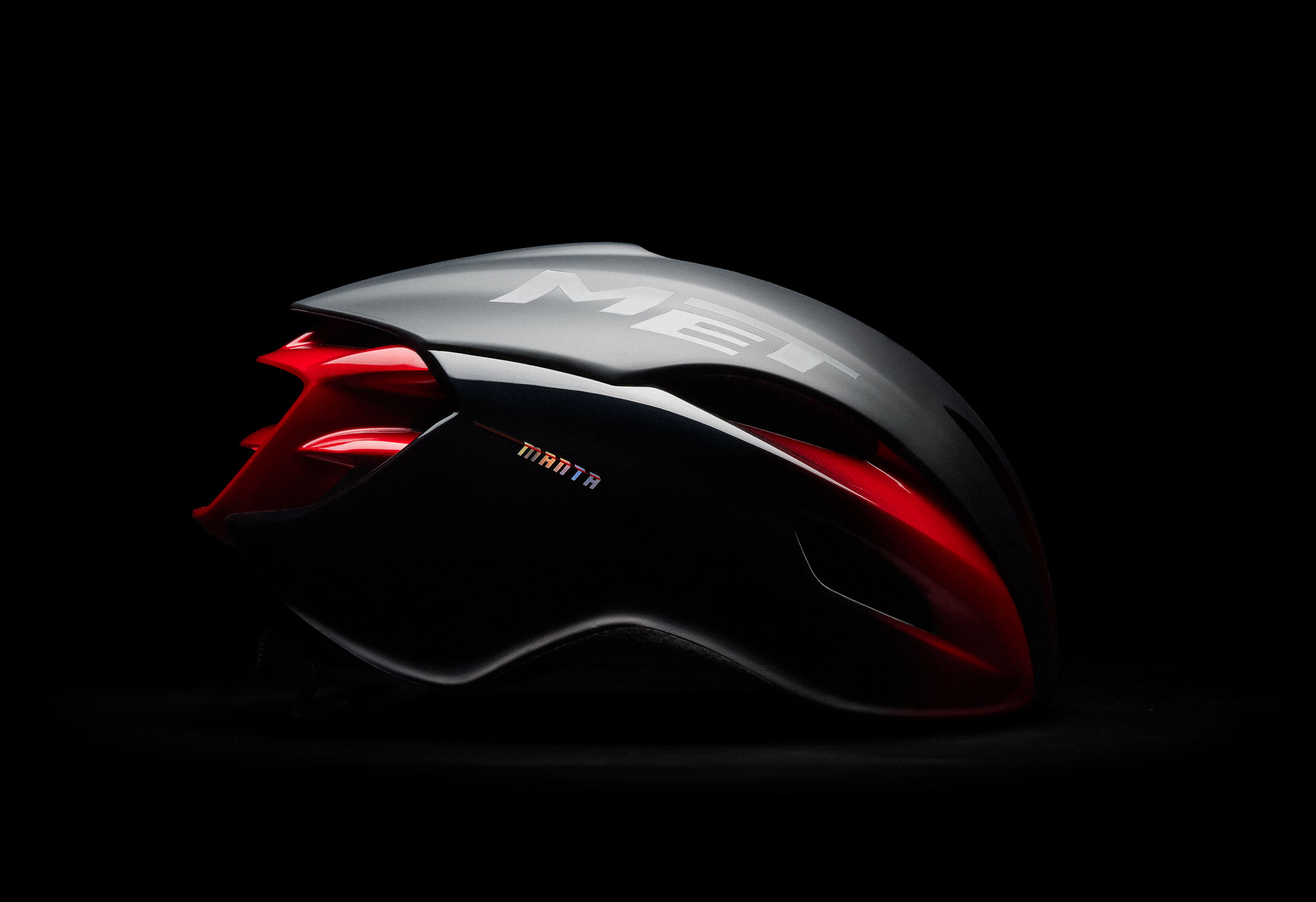
The latest race content, interviews, features, reviews and expert buying guides, direct to your inbox!
Cyclingnews is the world's leader in English-language coverage of professional cycling. Started in 1995 by University of Newcastle professor Bill Mitchell, the site was one of the first to provide breaking news and results over the internet in English. The site was purchased by Knapp Communications in 1999, and owner Gerard Knapp built it into the definitive voice of pro cycling. Since then, major publishing house Future PLC has owned the site and expanded it to include top features, news, results, photos and tech reporting. The site continues to be the most comprehensive and authoritative English voice in professional cycling.
